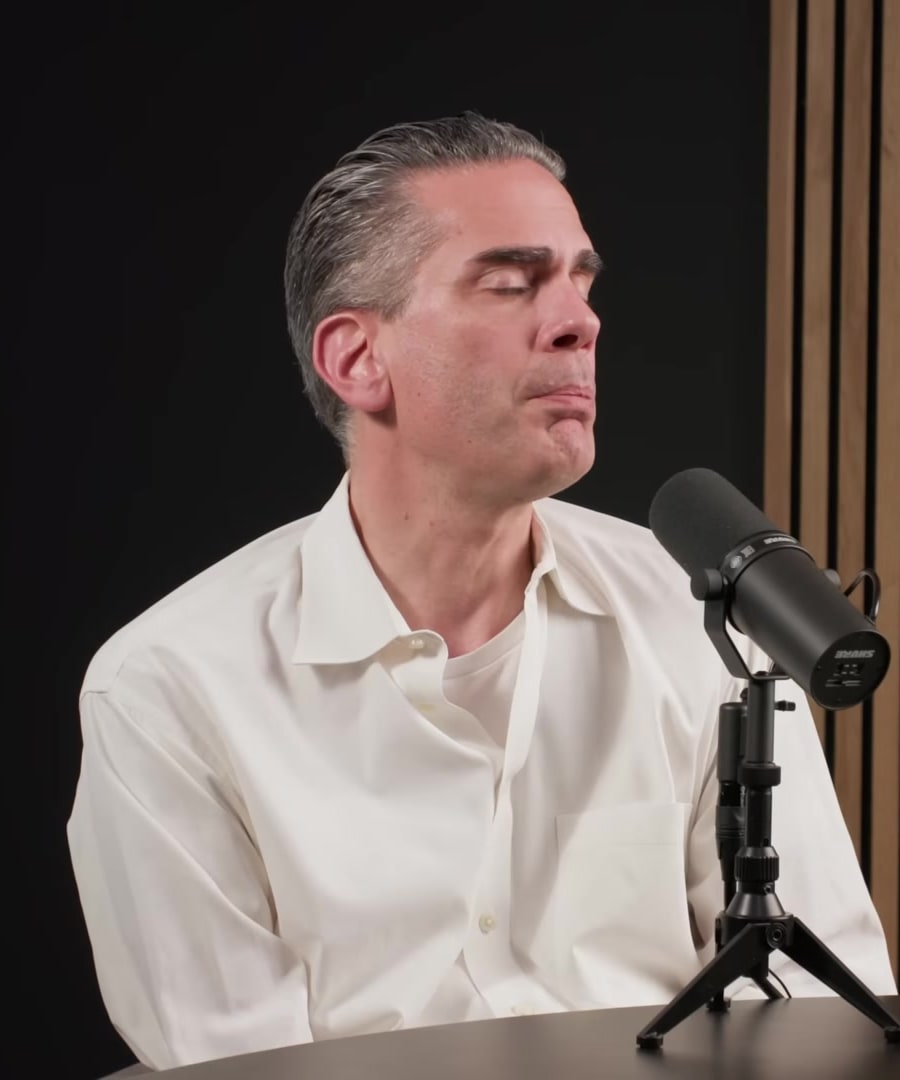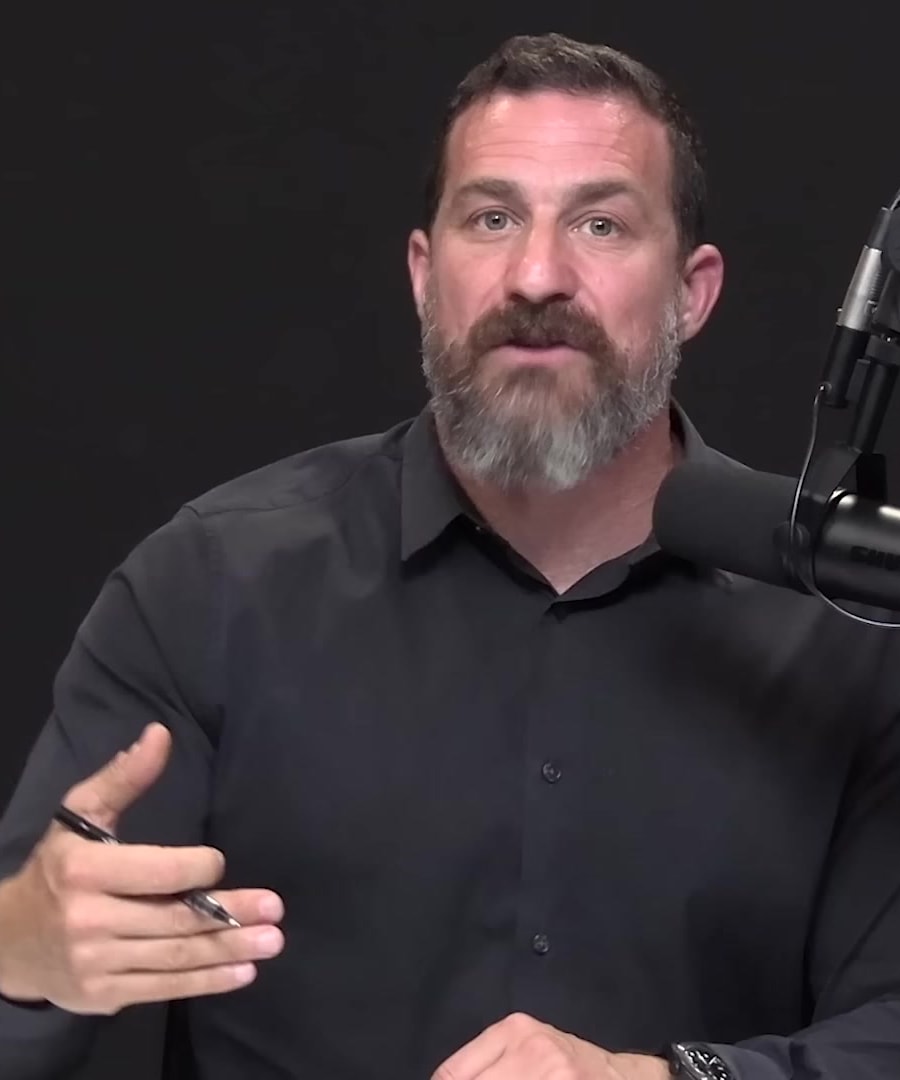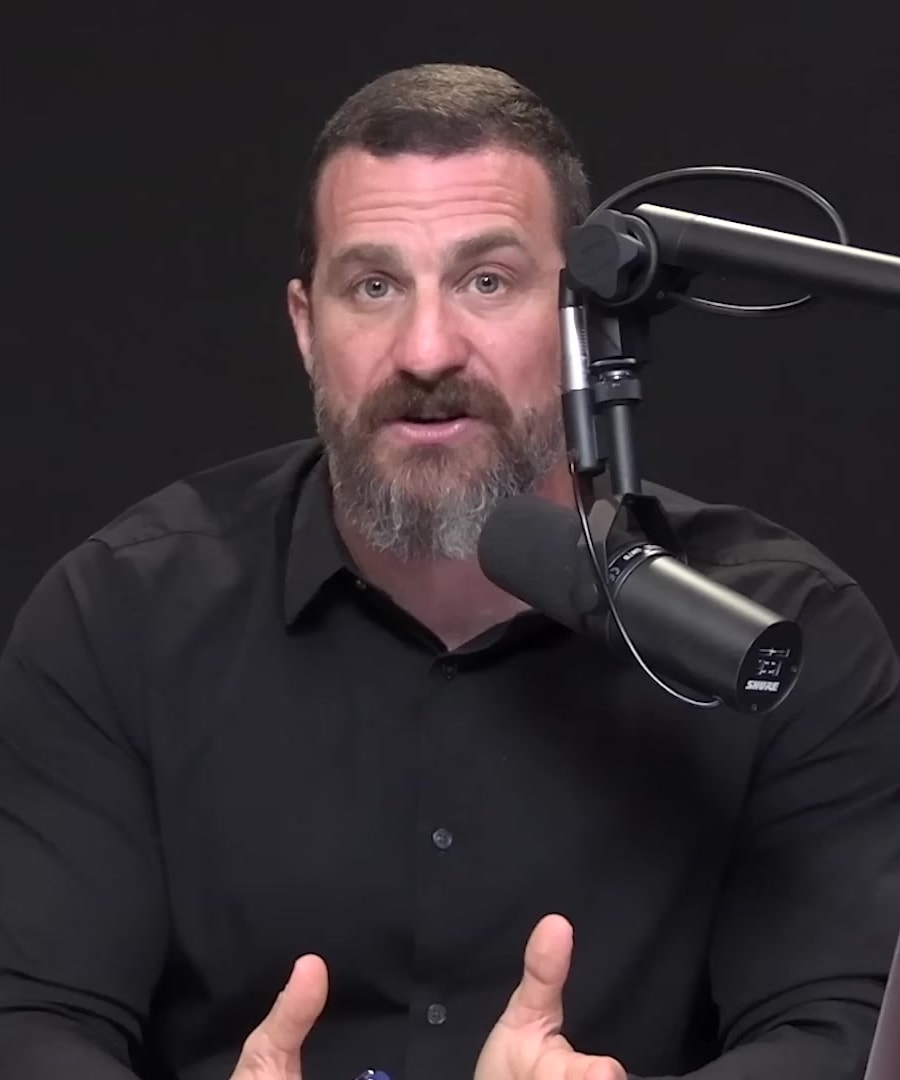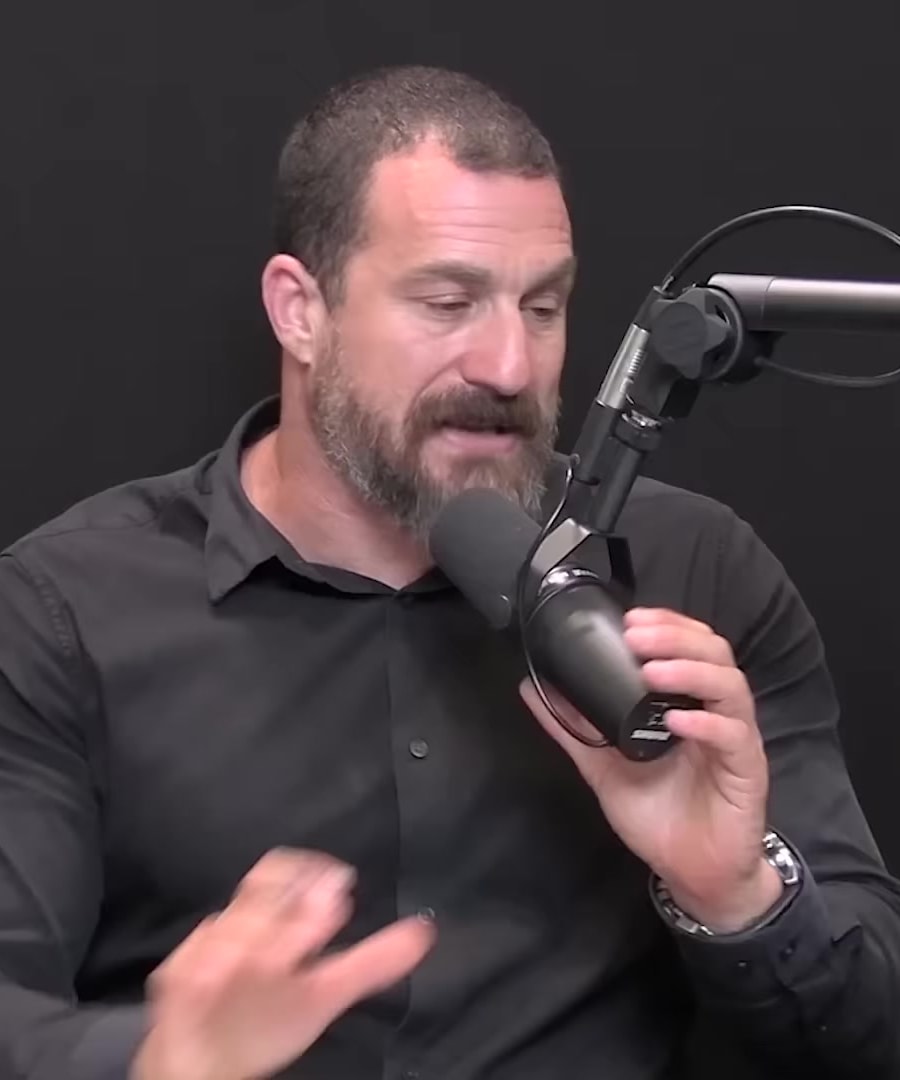How to stop panic attacks
Sources:
To help stop panic attacks, provides several techniques that could be effective:
-
Physiological Sigh: A quick method to calm down involves a double inhale through the nose and an exhale through the mouth. This can be the fastest way to slow your heart and calm down since the second inhale helps pop open collapsed air sacs in the lungs, facilitating the offloading of carbon dioxide 1.
-
Extending Exhales: Mastering heart rate through breathing techniques, particularly focusing on extending exhales, can be a useful strategy. Extended exhales can quickly bring your heart rate down, which can prevent the onset of panic attacks 2.
-
Grounding Techniques: Changing the focus from internal panic to external reality can also help during a panic attack. Grounding oneself by placing hands on a stable surface, paying attention to the time, or examining the details in the surroundings can shift attention away from the panic and thereby reduce its intensity 3.
-
Cold Exposure: Another method for increasing the stress threshold involves deliberate cold exposure. This practice teaches you to control your breathing and stay calm in stressful environments. Although it's useful for building stress resilience, people with anxiety or who are prone to panic attacks should approach cold exposure with caution 4.
-
Awareness of Carbon Dioxide Levels: Understanding the balance of oxygen and carbon dioxide is important. Breathing exercises that ensure adequate exchange of these gases can prevent the buildup of excess carbon dioxide, which can induce panic 5.
Always consult a healthcare professional for personalized advice and to ensure these methods are appropriate for you, especially if you have any underlying health conditions.
Thank you for your feedback!RELATED QUESTIONS-
Can you share more techniques to manage panic attacks?
Sources:
In addition to the techniques previously mentioned, and other experts on the recommend the following strategies to manage panic attacks:
-
Dissociation of Mind and Body: Deliberately placing oneself in a situation with increased adrenaline, then mentally calming oneself while the body remains activated, is a practice to increase stress threshold. This dissociation can turn overwhelming feelings into manageable ones through activities like cold showers, high-intensity exercise, or breathing exercises 1.
-
Respiratory Sinus Arrhythmia (RSA): Learning to extend your exhales can help you master your heart rate. Extended exhales are especially useful for calming your heart rate down quickly in situations like between martial arts rounds or before a panic attack by engaging the phrenic nerve and the diaphragm in a more controlled manner 2.
-
Changing Salience: Grounding yourself by paying attention to external details such as the time, shapes of objects, or physical sensations can change the focus from internal panic to external reality. This can help to prevent panic attacks by altering what's salient or top-of-mind 3.
-
Cyclic Hyperventilation: Cyclic hyperventilation, deep inhales, and exhales can increase alertness and energy by boosting epinephrine levels. This technique is similar to Wim Hof or Tummo breathing. However, it is worth noting that those with anxiety or prone to panic attacks should be cautious with this approach 4.
It is important to approach these techniques cautiously and consult with a healthcare provider before starting any new stress or anxiety management practices, especially if you have a health condition that could be affected by them.
RELATED QUESTIONS-
How to stop panic attacks
- Thank you for your feedback!RELATED QUESTIONS
Can you share more techniques to manage panic attacks?
- RELATED QUESTIONS





